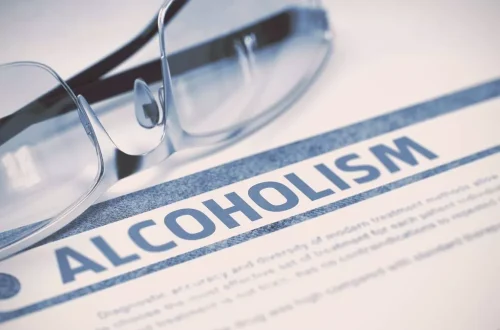
These infographics can be printed as a large poster to place in exam rooms, given as a hard copy printout by the healthcare professional during a visit, or shared through various digital communication formats (e.g., patient portal, text messaging platform, email). FASDs and other alcohol-related health conditions happen when you drink during pregnancy. Research is still being done alcohol during pregnancy to find out if alcohol harms a man’s sperm before a woman gets pregnant.
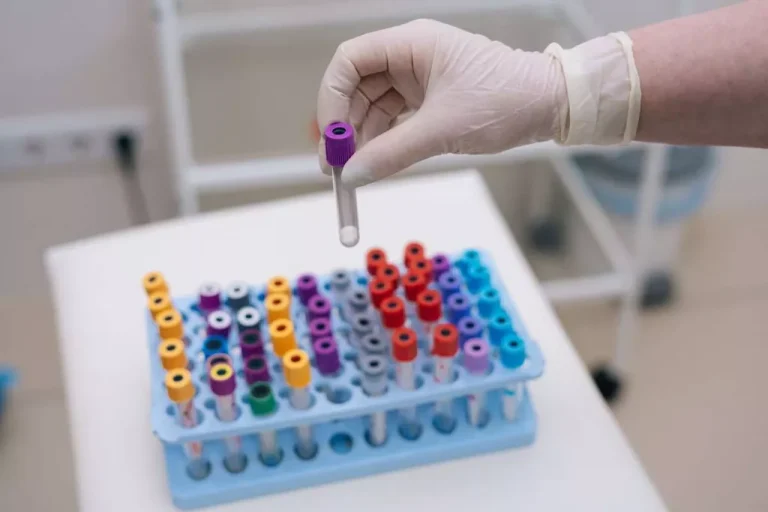
Follow us on social media
- Learn about substance use (including opioids, marijuana, tobacco, and alcohol) during pregnancy.
- We used generalized least squares regression models to perform a random-effects meta-analysis estimating a log-linear trends between alcohol dose and miscarriage risk.
- We would like to thank Monica Youssef for supporting this review by screening titles/abstracts and full texts.
- It may not be as difficult as you think to avoid alcohol completely during pregnancy.
- After delivery, their babies are compared to babies of moms who didn’t take the medication during pregnancy.
- The decreased adult NSC proliferation is possibly due to EV repair signaling mechanisms that need to be further investigated 94.
Using cocaine during pregnancy increases the risk for placental abruption, which is when the placenta separates from the uterus. In addition, cocaine use can sometimes lead to spontaneous miscarriage and preterm labor. Babies who have been exposed to cocaine before they’re born also face an increased risk for congenital, urinary, and brain defects. Smoking before or while pregnant raises your risk of having a preterm birth or a low-birth-weight baby. It also increases your likelihood of having a pregnancy outside the womb, which can cause your fallopian tube to rupture. Even if you smoke after the baby is born, this increases the baby’s risk for developing asthma and sudden infant death syndrome.
What if I drank before I realized I was pregnant?
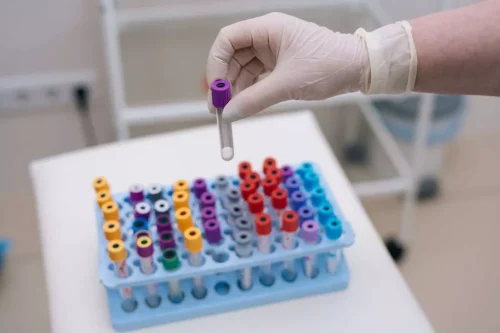
When you start trying to conceive is the best time to stop drinking, but many women don’t realize that they’re pregnant right away. During those first few weeks, some may unwittingly indulge in a few drinks (or more). In fact, it’s one of the most common concerns brought to the first prenatal visit. Later in life, babies with FASDs may be more likely to display vision, hearing, learning, behavioral and social problems. They’re also more likely to suffer from mental disorders including attention deficit hyperactivity disorder (ADHD), depression, sleep disorders and anxiety, and they’re more likely to end up with a drug or alcohol problem of their own.
- Although heavy drinking can obviously be harmful, the risks of light and moderate drinking aren’t as clear.
- If it is hard for you to stop drinking, talk with your healthcare provider about getting help.
- FASD United provides a variety of supports and resources for people experiencing prenatal substance use and FASDs.
- Learn more about FASDs and the health impacts of alcohol use during pregnancy.
- During the pandemic, people in the U.S. purchased markedly higher amounts of alcohol.
Tips for quitting drinking during pregnancy
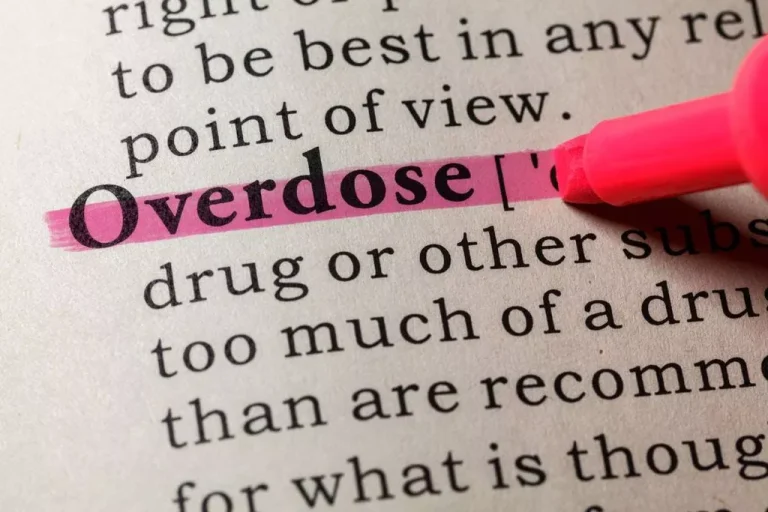
From the outset, we understood that accurate and honest reporting of alcohol use without fear of judgment was essential, and our questionnaire spent two years in development with considerable community input. Not surprisingly, navigating the conversation around alcohol use during pregnancy is complex and can be controversial. Another big concern with alcohol is that it might impact https://ecosoberhouse.com/ child cognitive ability. If you have difficulty stopping drinking, talk to a midwife, doctor or pharmacist.
The risks of light or moderate drinking while pregnant
Another study observed that ethanol exposure (70 mM ethanol concentration for 3 days) on ex vivo murine fetal neural stem cells significantly elevates a group of ethanol-sensitive miRNAs in NSC-derived EVs 5. Overexpression of miR-140-3p, one of the elevated EV miRNAs, in naïve fetal neural stem cells results in a significant increase in the proportion of S-phase cells and a decrease proportion of the G0/G1 phase compared to the controls. MiR-140-3p overexpression results in abnormal neuronal progenitor cell growth and maturation caused by a predominance of astroglial maturation over neural and oligodendrocyte differentiation 5.
This ovarian reserve declines throughout a woman’s lifetime and determines the age of menopause and lifespan of fertility. Studies have shown that environmental and nutritional exposures during the prenatal period affect ovarian reserve, and therefore affect a woman’s fertility and reproductive lifespan 114,115. Studies focusing on the effects of PAE on female reproductive health have been mainly done in animal models. One study which used rats to study ‘special occasion’ drinking, which is a low exposure of alcohol during pregnancy and is relatively common, found that there was no association on markers regulating follicle numbers or other reproductive markers and PAE 114. However, another study looking at higher levels of PAE found that there was a decrease in the number of oocytes in rats with PAE 115.
- Fetal alcohol spectrum disorders (FASDs) are a group of conditions that can occur in a person exposed to alcohol before birth.
- Those who opt to give up alcohol may miss unwinding with a cocktail, but Archie thinks they won’t regret being cautious.
Ethanol has been known to regulate various cytokines’ activity that is dependent on cell type, ethanol dose and duration, and the co-presence and characteristics of pathogens. Clinical and animal studies have demonstrated pro-inflammatory cytokine imbalances and immune disturbances in PAE offspring 65,66,67. Due to such complexity, there is no single global mechanism that explains PAE’s detrimental effects on fetal development and Substance abuse on lifelong consequences. It is likely that various mechanisms play a role at different times to affect multiple components of fetal development following PAE. There are candidate mechanisms that have been identified and researched on their respective contributions to prenatal alcohol-induced fetal damages. In order to understand the immediate and lifelong damaging effects of PAE, this review focuses on potential mechanisms that explain how prenatal alcohol can be a toxicant and a teratogen to an individual.
What to do if you had alcohol when 3 to 4 weeks pregnant
NIAAA supports and conducts biomedical and behavioral research on the causes, consequences, treatment, and prevention of alcohol-related problems. This website includes publications and information, such as the Drinking and Your Pregnancy brochure, which is available both in English and Spanish. The Navigator helps adults find alcohol treatment for themselves or an adult loved one.
- One study reported that individuals diagnosed with FASDs have a higher mortality rate at every age range beginning in the late teenage and young adulthood 123.
- Exposure to alcohol was collected through maternal self-report in all studies.
- We identified studies about alcohol exposure during pregnancy and miscarriage.
- However, we did find weaker connections between different brain areas in children who were exposed to alcohol throughout pregnancy.
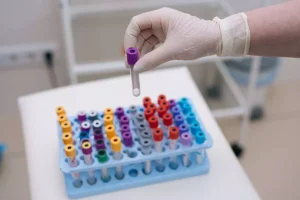
Find out what experts say about whether light drinking is risky when you’re pregnant. Researchers who knew nothing about the maternal consumption of alcohol during the pregnancy examined the 5-year-old children of those pregnancies. They performed tests on IQ, attention span, and executive functions such as planning, organization, and self-control. They were unable to tell any difference between children whose mothers drank low to moderate amounts of alcohol and those who abstained completely during pregnancy. If you used any amount of alcohol while you were pregnant, talk with your child’s healthcare provider as soon as possible and share your concerns. The most important thing is that you have completely stopped alcohol use after learning of your pregnancy.
Similar results were shown in a study looking at the development of seminiferous tubules and the onset of spermatogenesis in a rat model 102. Development of seminiferous tubules and spermatogenesis have been previously shown to correspond to puberty onset in males. The study found that the development of the seminiferous tubules and onset of spermatogenesis were delayed in PAE male offspring 102. These studies and various others have shown that PAE does lead to delayed onset of puberty in animal models 103,104,105. Finally, the inflammatory effects of PAE may synergize with the effects of other concurrent life experiences.

